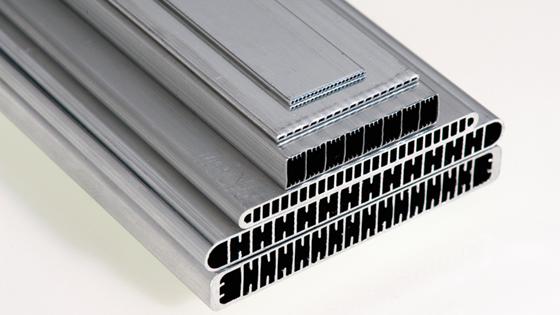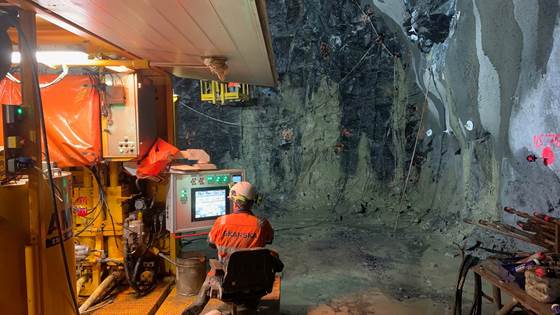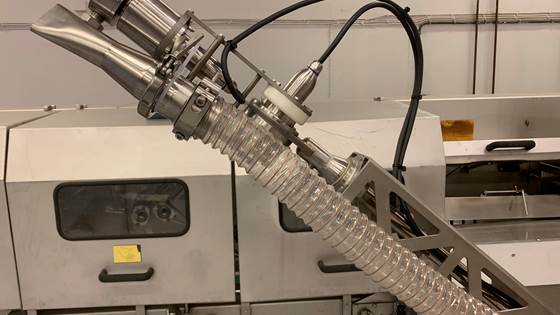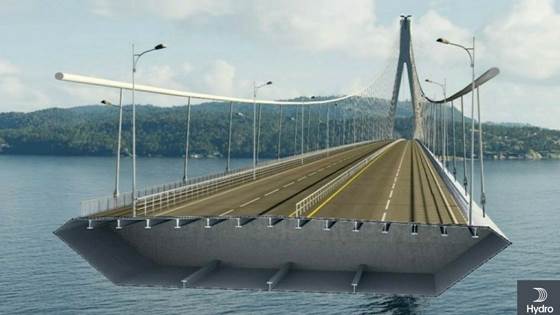
ExtruTeC - High Precision Extrusion Temperature Control through Digital Technology
The ExtruTeC project will develop a digital framework for temperature control in aluminium extrusion. This involves detailed modelling and digital twins interacting with temperature sensors for process optimisation and precise temperature control.














